PRODUCTS
Heat shield
/UV cut sheet

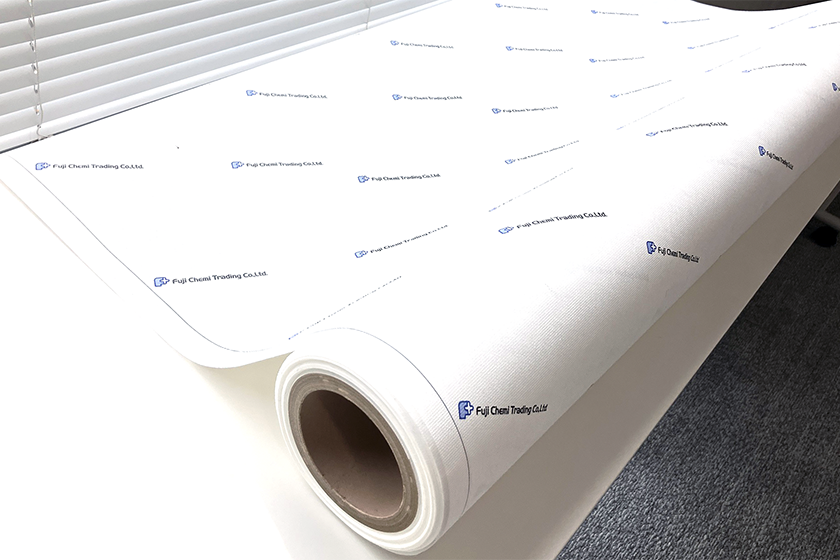
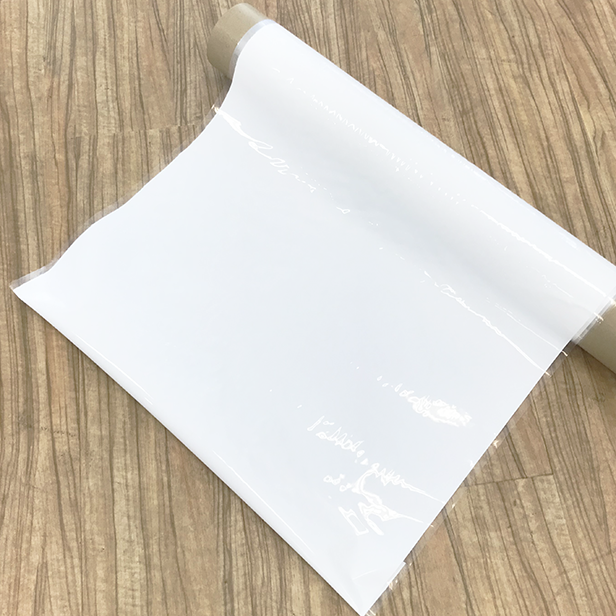
In response to the recent heatwaves and extreme temperatures caused by global warming, a single sheet of high-performance heat-shielding and UV-blocking material simultaneously blocks both infrared (IR) and ultraviolet (UV) rays from sunlight, suppressing temperature increases without darkening the room and reducing electricity bills.
The heat shielding/UV cut sheet "F+COOL" developed by our company efficiently reflects light in the infrared (IR) region (near infrared), which accounts for approximately 50% of the energy of sunlight. It has the effect of reducing the rise in surface temperature and has a significant ultraviolet (UV) shielding effect. Upon commercialization, we obtained JIS certification as numerical evidence.
What is a heat shield/UV cut sheet "F+COOL"?
This product has been attracting attention as it has been introduced in the media as the most effective way to combat the heatwaves in ordinary homes by preventing heat rays (near-infrared rays) from entering through windows.
Feature
- By efficiently reflecting the heat (infrared rays) from the sun, the rise in surface temperature is suppressed.
- It maintains its brightness without getting dark like shoji paper.
- By using it in a place where you want to shield heat, you can suppress the rise in indoor temperature.
- By reducing the amount of electricity used, it leads to power saving and energy saving, and contributes to CO2 reduction.
- It is used in the seasons and seasons when the temperature rises, and can be removed when it is not needed (winter).
- It has been confirmed that the surface temperature can be lowered by 10 to 15 degrees and the room temperature can be lowered by 2 to 3 degrees in actual use.
- It has both heat shielding performance and ultraviolet (UV) shielding effect.
- When used on glass windows in a home, it prevents heat rays from entering, and is particularly effective when used in conjunction with an air conditioner.
* Non-woven standard type reference price
A4 (210mmx297mm): 130 yen per sheet (excluding shipping fee)
500mmx1,000mm: 750 yen per piece (excluding shipping fee)
Main uses and others
- Installation on the exterior walls and windows of warehouses,
stores and houses - Use as blinds and tents
- Metal parts of swinging doors (surface temperature approx.
-15 degrees) - Air conditioner outdoor units and places exposed to direct sunlight
- On the beach, benches in parks and spectator facilities
- Rooftops, parking spaces, picnic sheets
- Also has a heat-shielding effect when laid on artificial
turf and concrete
(surface temperature approx. -15 degrees) - No insulation performance, but when used in combination
with a material with an air layer
(Air Cap foam sheet), it is even more effective
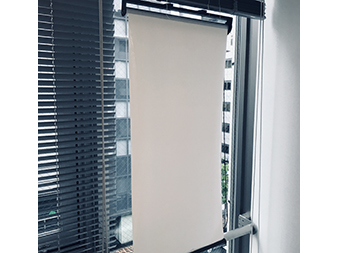
Heat shield sheet (roller curtain)
Heat shield/UV cut sheet "F+COOL" product list
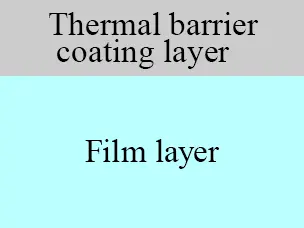
Film type
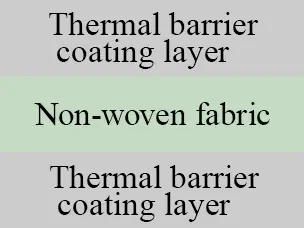
Nonwoven type
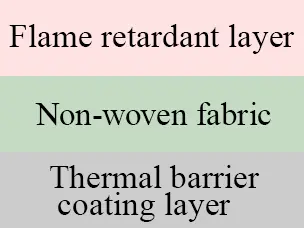
Reinforced seat type
Basic specifications
| specification | unit | Film type | Nonwoven type | Developed product (flame retardant) Reinforced seat type |
|---|---|---|---|---|
| Width | mm | 1,000 | 1,000 | 1,000 |
| Length | m | Designated Length | ||
| Thickness *1 | um | 150 | 230 | 130/200 |
| Heat insulation *2 | % | 49(S45) | 50(S45) | Equivalent to film type |
| UV shielding rate *2 | % | >=99.9 | >=99.9 | Equivalent to film type |

*2 Heat shielding property (JIS L 1951) / Ultraviolet shielding rate (JIS L 1925)
Testing agency: Kaken Test Center General Incorporated Foundation / Approval number:23-0068 / Expiration date:November 10, 2025
Heat shield/UV cut sheet "F+COOL"
example of use
Application to window glasses
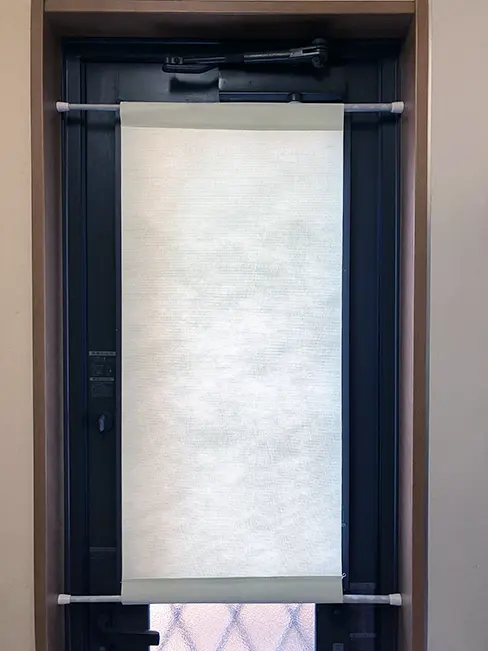
- Easy to make at home (example)

1: tension rod, 2: Stitched or stapled
Cut the F+COOL to the appropriate size and fold over
the top and bottom and sew.
Easy to install on the window by passing a tension rod through it.
In winter, you can remove it and use it as needed.
Example) Tension rod 200 yen (2 pieces)
+ heat shielding sheet 300 yen (0.2 square meters)
By using products that can be purchased at 100 yen shops,
you can reduce costs and get great results if used in combination.
Air conditioner outdoor unit cover
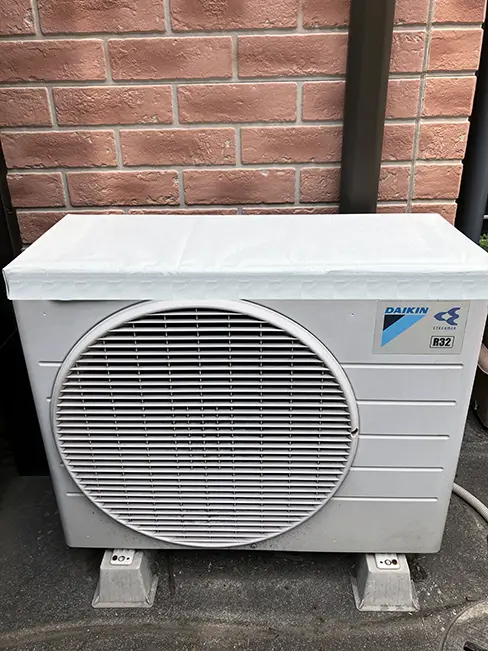
- Easy to make at home (example)
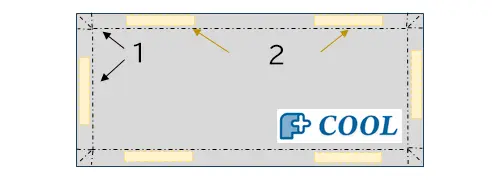
1: Folded back, 2: Double-sided tape
Cut the F+COOL to fit the size of the top plate of the outdoor unit
and attach it with double-sided tape.
By significantly improving the efficiency of air conditioning
in the summer, it will lead to a reduction in utility bills.
Example: Double-sided tape 100 yen
+ heat shielding sheet 420 yen (0.28 square meters)
By using products that can be purchased at 100 yen shops,
you can reduce costs and get great results
if you use them well together.
Application to tarps
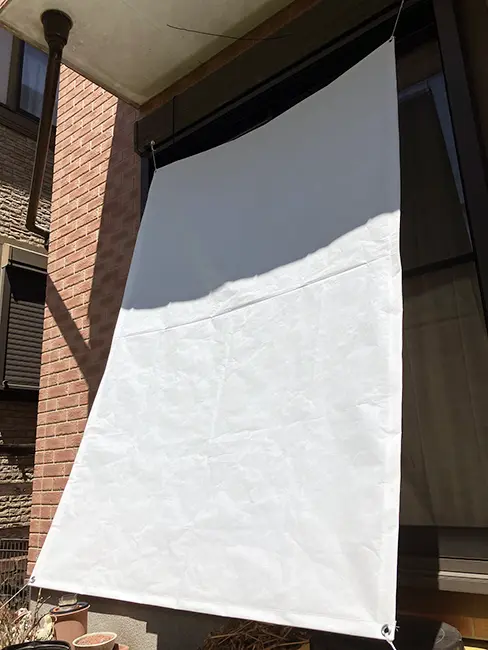
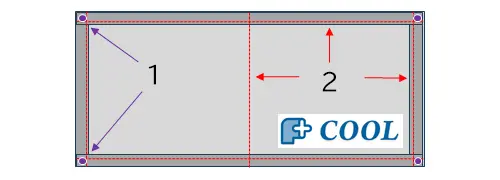
1: Eyelet processing, 2: Sewing
Process F+COOL to the appropriate size by joining them, etc.,
then fold and sew the top, bottom, left and right sides.
Additionally, you can easily create a tarp by cutting grommets
into the four corners and securing them with strings.
You can remove it on rainy days or during winter and use it
as needed.
Application to Japanese umbrellas
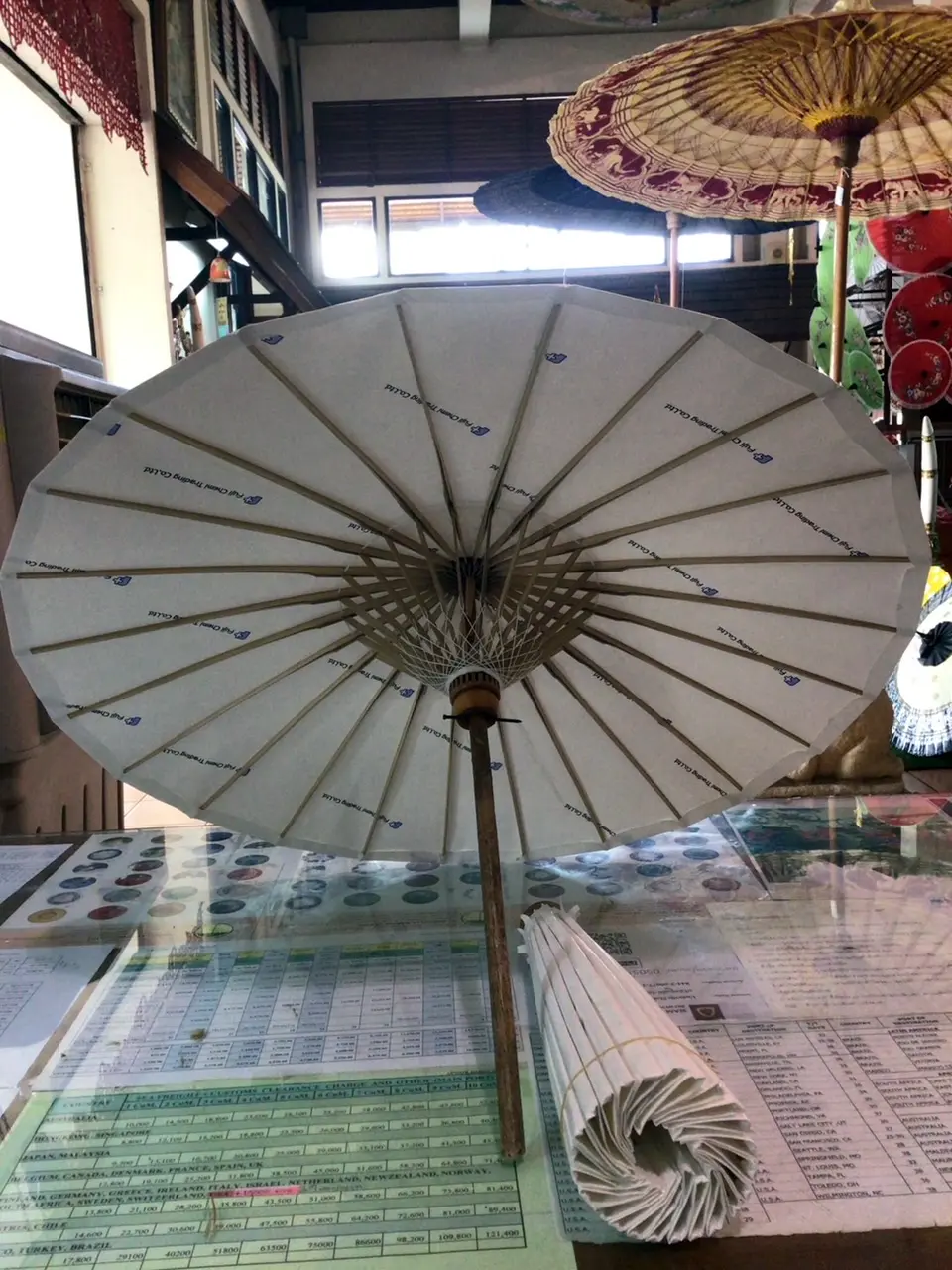
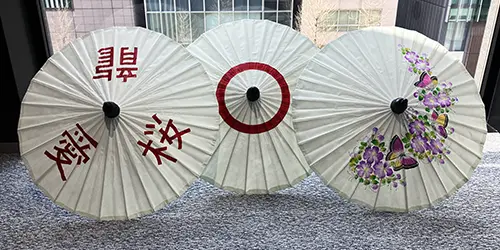
Size(diameter): 60cm, 86cm (photo shows 60cm)
By using F+COOL as a Japanese umbrellas,
you can expect significant heat shielding and UV protection effects.
We can custom-make Japanese umbrellas in any design
and size (2 types) for orders of 10 or more.
Heat shield/UV cut sheet "F+COOL" effect
*The following verification tests are all in-house evaluations
Application to automobiles
Dashboard / F+COOL non-woven fabric type
(July 2023, sunny weather, temperature 29 degrees Celsius)
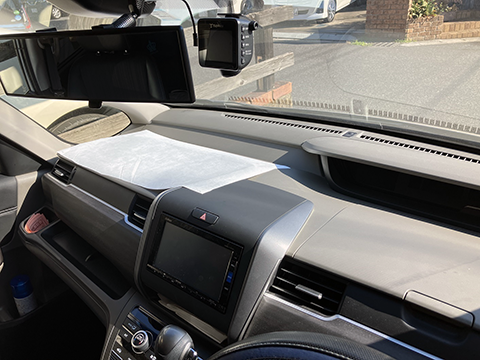
F+COOL Installed on the left side of the dashboard
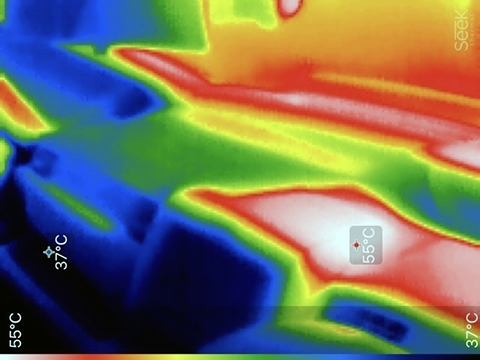
Surface temperature: Dashboard part 55 degrees Celsius / F+COOL part 45 degrees Celsius
The surface temperature difference is about 10 degrees Celsius,
which improves the efficiency of air conditioners,
and is even more effective if infrared cut glass is not used
Laying on a park bench
Wooden bench / F+COOL non-woven fabric type
(July 2023, sunny weather,
temperature 29 degrees Celsius)
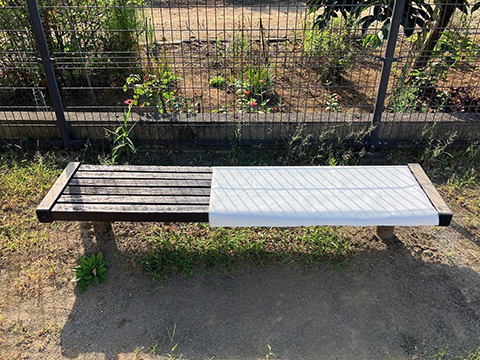
F+COOL wooden bench installation
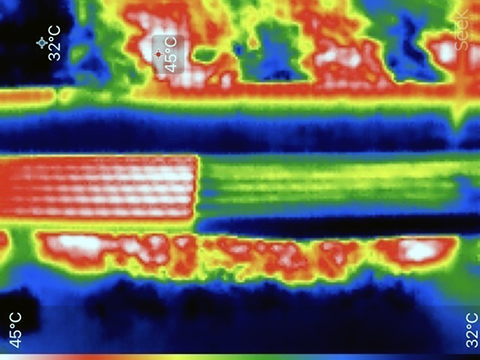
Surface temperature: Normal part 45 degrees Celsius / F+COOL part 35 degrees Celsius
The temperature difference on the bench is about 10 degrees 10 minutes after the sheet is laid. Park benches have a heat shielding effect of about 10 degrees Celsius, and resin and metal benches are expected to be even more effective
Application to window glass
1.Workplace window
/ F+COOL non-woven fabric type
(July 2023, sunny weather,
temperature 28 degrees Celsius)
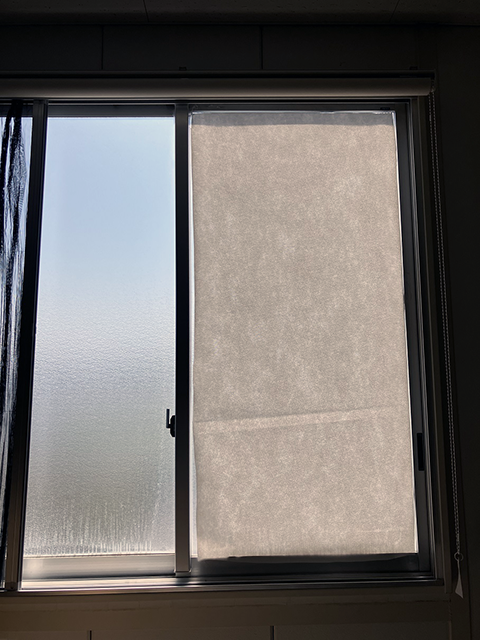
F+COOL work place right window pasting
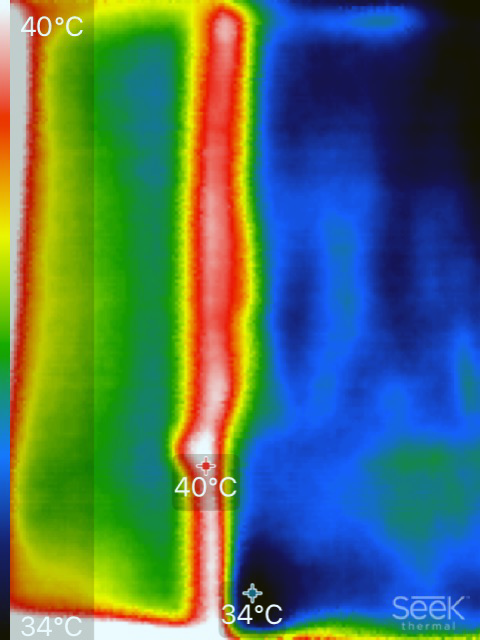
Surface temperature: Normal part 37 degrees Celsius / F+COOL 34 degrees Celsius
The surface temperature difference is about 3 degrees Celsius,
and the effect of suppressing the rise in room temperature has been confirmed. The temperature difference of the window frame is about 10 degrees 30 minutes after laying the sheet
2. Office window / F+COOL non-woven fabric type
(July 2023, sunny weather,
temperature 32 degrees Celsius)
[Installing F+COOL on the window Measure
the temperature of the floor (carpet) where sunlight enters]
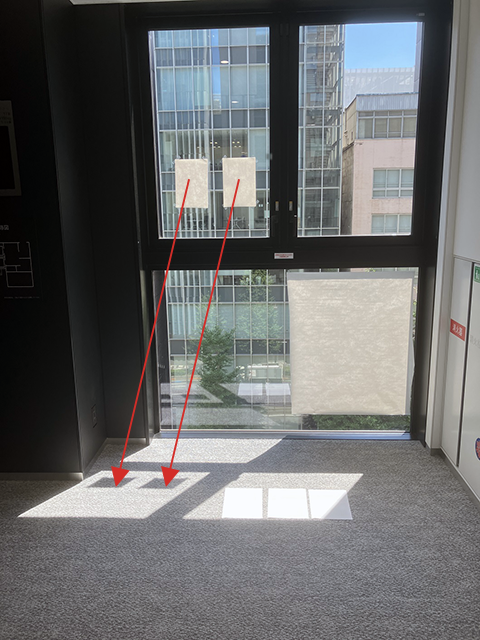
F+COOL window pasting (2 sheets)
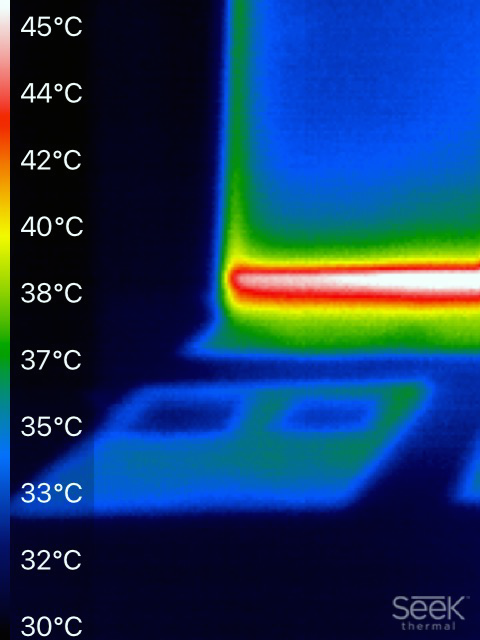
Floor surface temperature: Normal part 36 degrees Celsius / F+COOL 32 degrees Celsius
The temperature difference on the floor surface is about 4 degrees Celsius,
Confirming the effect on the floor where sunlight enters
It is said that changing the temperature
of the air conditioner by
just 1 degree Celsius will
change the electricity bill by 10 to 13%,
and a temperature difference of 3 degrees Celsius
is expected to reduce the electricity bill by about 30%.
3. Our factory entrance sliding door / F+COOL non-woven fabric type
(July 2024, sunny weather,
temperature 32 degrees Celsius)
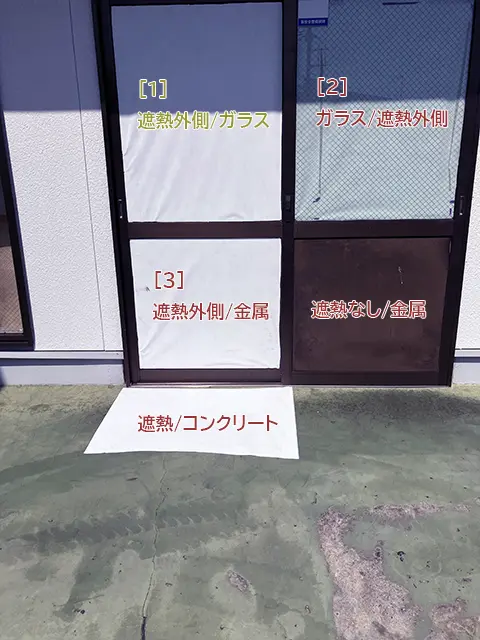
Heat shield sheet installation location
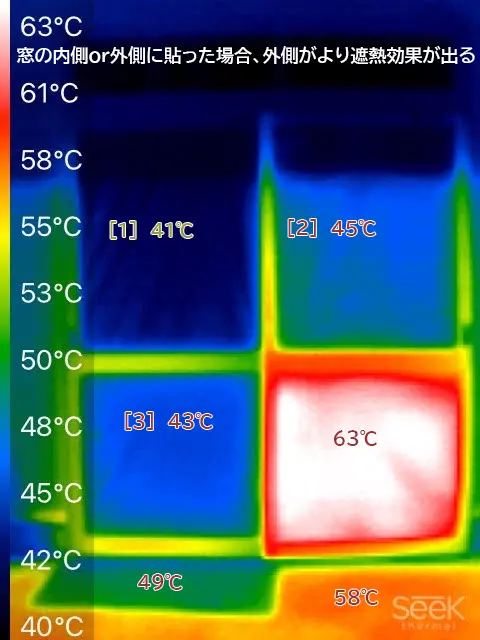
External temperature measurement
| Heat shielding sheet | Surface temperature | Indoor temperature | Temperature difference | |
|---|---|---|---|---|
| [1] | Outside | 41 degrees | 36 degrees | -5 degrees |
| [2] | Inside | 45 degrees | 41 degrees | -4 degrees |
| [3] | Outside | 43 degrees | 39 degrees | -4 degrees |
| Metal | None | 63 degrees | 47 degrees | -16 degrees |
*Air conditioning is available inside the room.
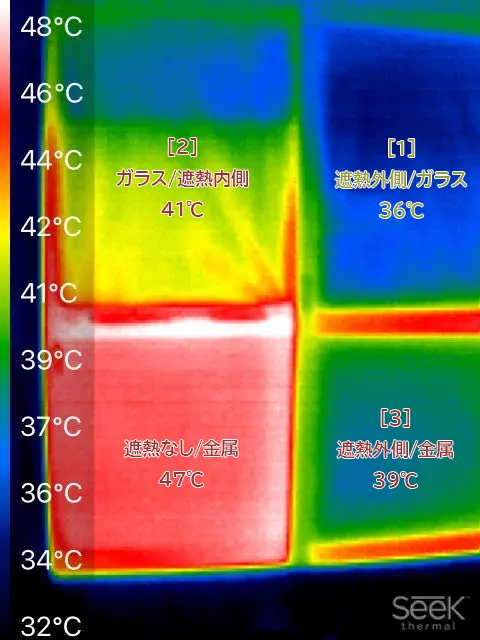
Temperature measurement from inside the factory
4. Asphalt, Concrete / F+COOL non-woven fabric type
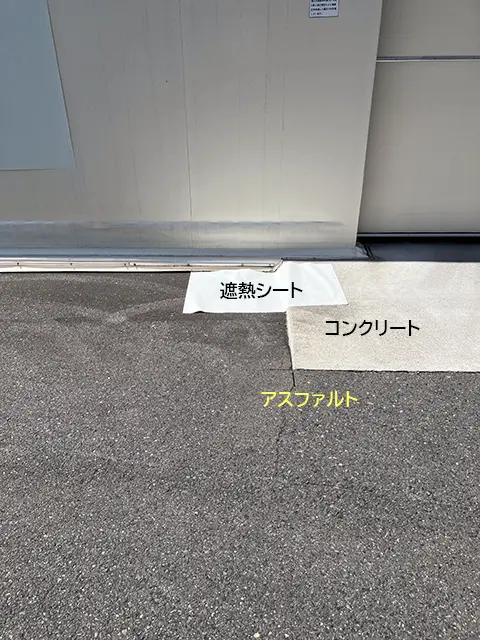
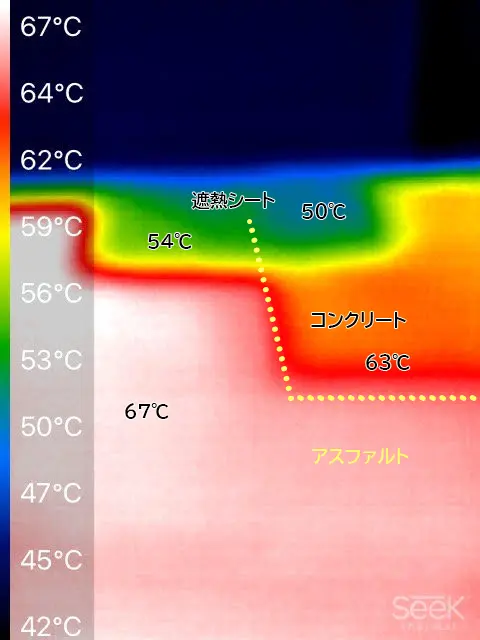
| Surface temperature | Heat shield sheet surface | Temperature difference | |
|---|---|---|---|
| Asphalt | 67 degrees | 54 degrees | -13 degrees |
| Concrete | 63 degrees | 50 degrees | -13 degrees |
Laying on artificial turf
Artificial turf / F+COOL non-woven fabric type
(July 2023, sunny weather, temperature 37 degrees Celsius)
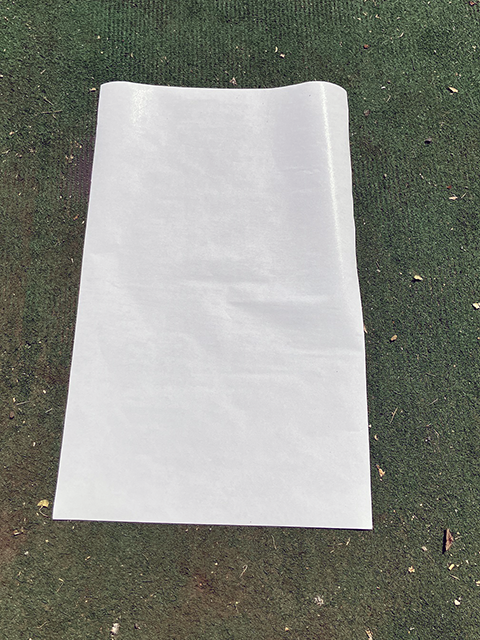
F+COOL artificial grass laying
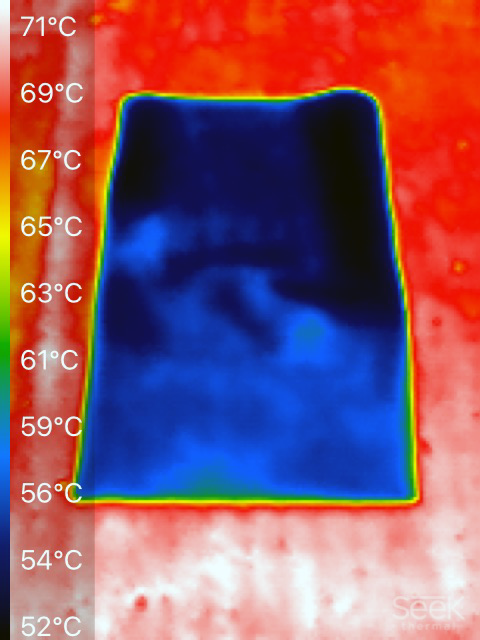
Surface temperature: Artificial turf 71 degrees Celsius / F+COOL 56 degrees Celsius
The surface temperature difference is about 15 degrees Celsius,
and it is expected to be applied to leisure sheets, etc
Application to parasols
General Parasol / F+COOL Parasol *Prototype
(July 2023, sunny weather,
temperature 28 degrees Celsius)
[outside]
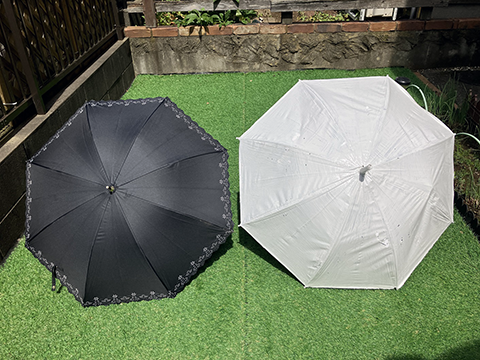
Left: General parasol / Right: F+COOL parasol
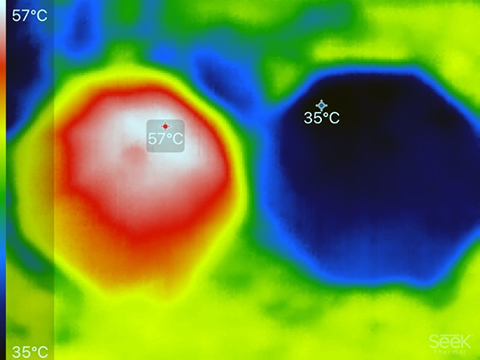
Surface temperature: General parasol 57 degrees Celsius / F+COOL parasol 35 degrees Celsius
The umbrella surface temperature
difference is about 22 degrees Celsius
[Inside]
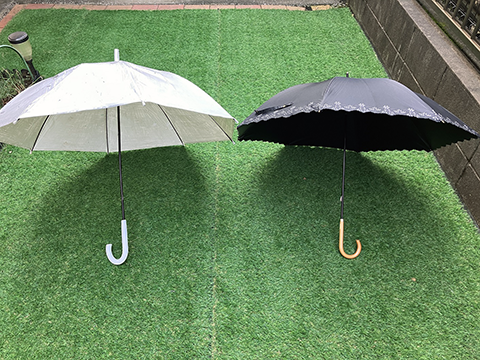
Left: F+COOL parasol / Right: General parasol
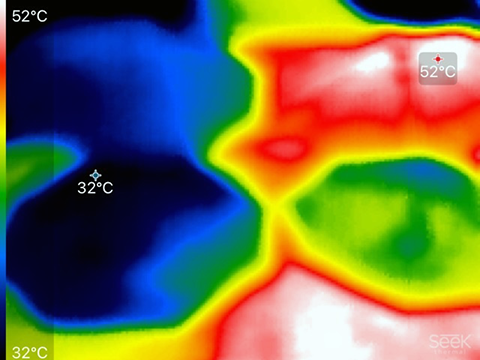
Artificial turf temperature: General parasol 45 degrees Celsius / F+COOL parasol 32 degrees Celsius
The surface temperature difference of the shadow of the parasol (artificial turf) is about 13 degrees Celsius,
which is effective in reducing the heat of the user
Use as various covers
1. Stroller hood cover
/ F+COOL non-woven fabric type
(July 2023, sunny weather,
temperature 31 degrees Celsius)
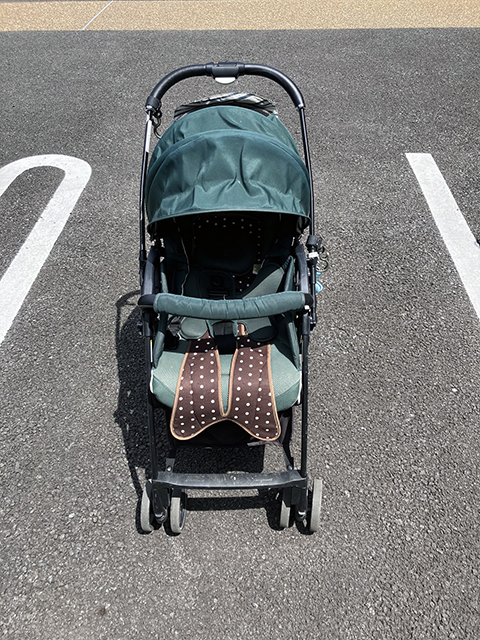
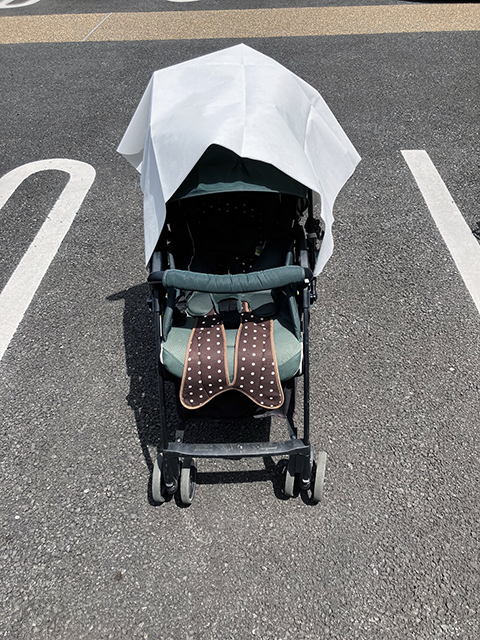
F+COOL hood cover
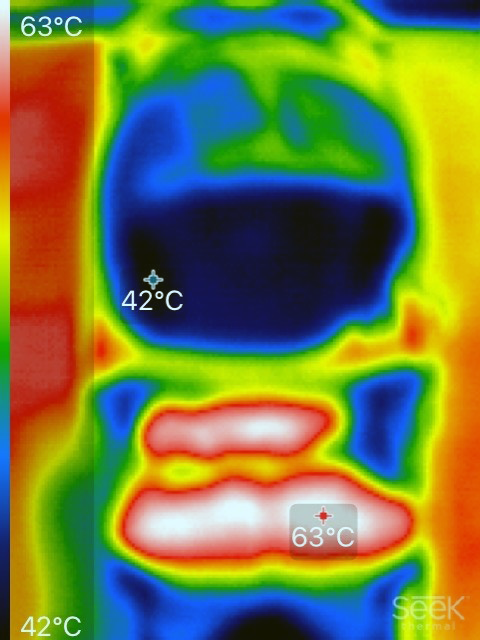
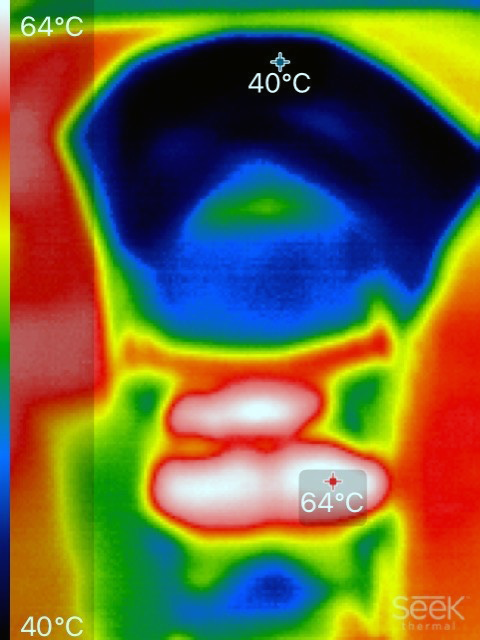
Hood surface temperature: None 52 degrees Celsius / F+COOL 40 degrees Celsius
The surface temperature difference is
12 degrees Celsius,
and a similar effect is expected for bicycle basket covers, etc
2. Helmet cover/F+COOL non-woven fabric type
(June 2023, sunny weather, temperature 28 degrees Celsius)
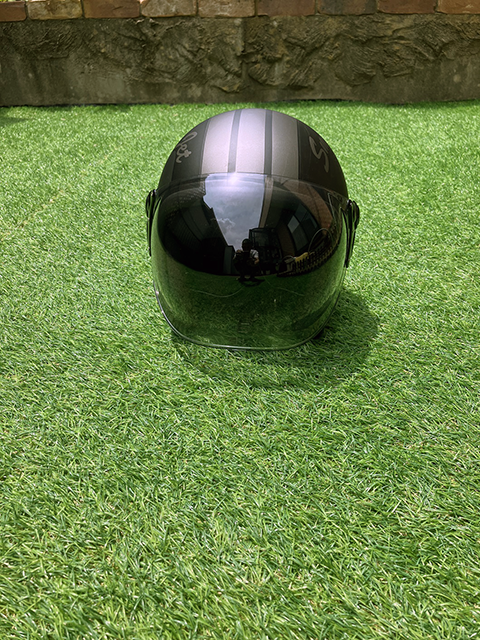
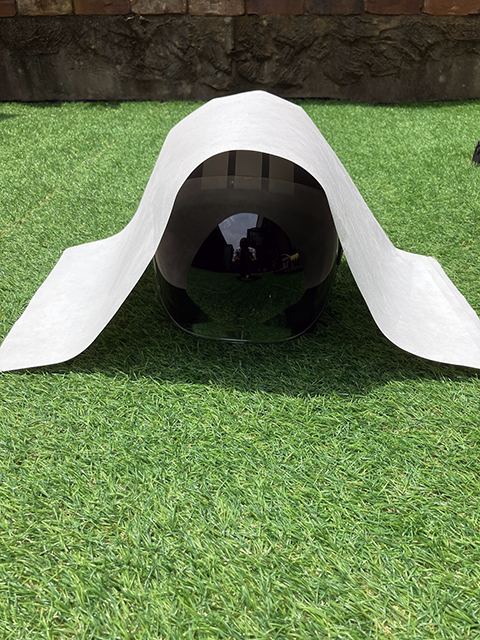
F+COOL helmet cover
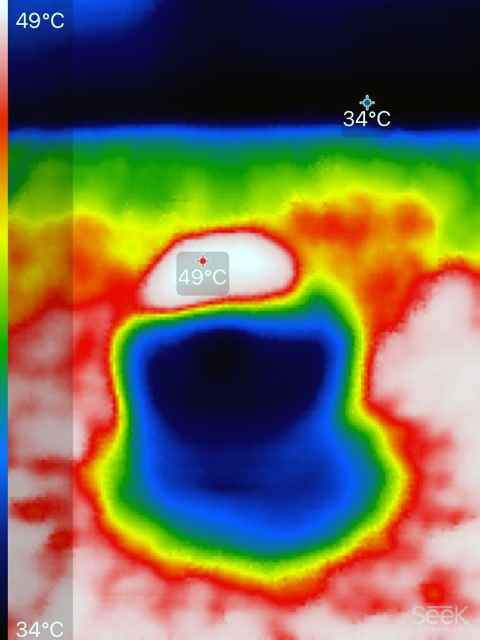
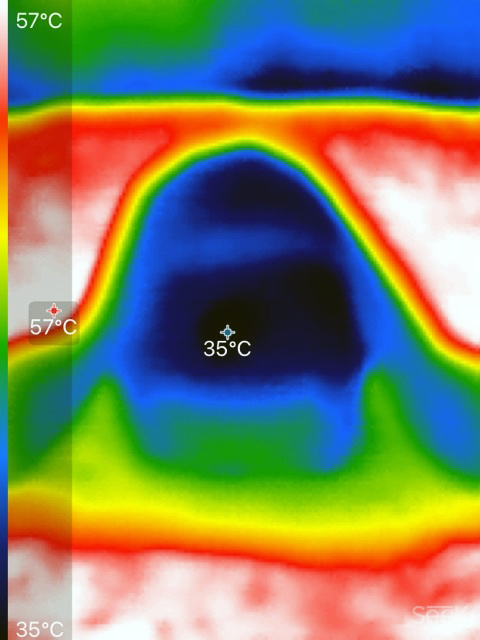
Helmet surface temperature: None 49 degrees Celsius / F+COOL 35 degrees Celsius
The surface temperature difference is 14 degrees Celsius,
reducing heat damage during outdoor storage, etc
Heat shield/UV cut sheet "F+COOL" Effect verification
Laying on an iron plate
(Verified in Thailand in March)
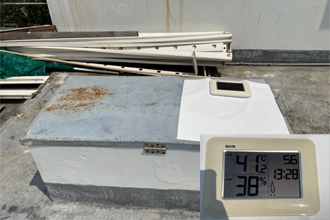
Verification environment (weather: light cloudy, outside temperature: 38 degrees Celsius)
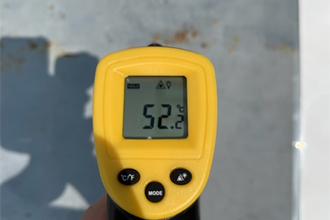
Surface temperature of unlaid area
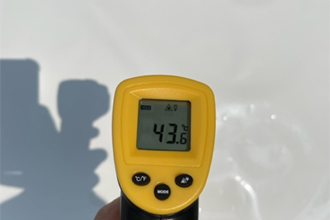
Installation location surface temperature
Laying on artificial turf
(Verified in Thailand in March)
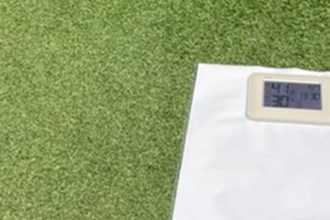
Verification environment (weather: light cloudy, outside temperature: 30 degrees Celsius)
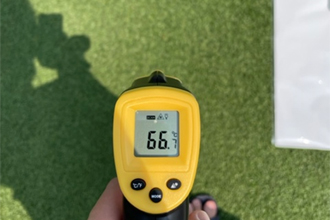
Surface temperature of unlaid area
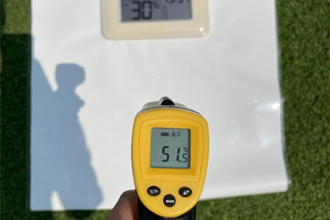
Installation location surface temperature
Indoor use
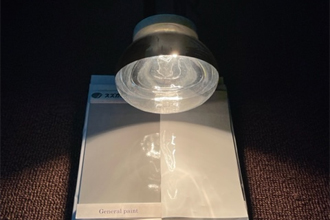
Measure the surface temperature by applying the lamp for 5 minutes
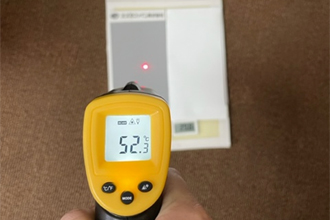
Surface temperature of unlaid area
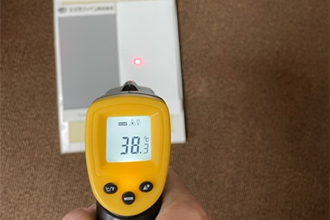
Installation location surface temperature
Contact us for more details
 Inquiry form
Inquiry form

